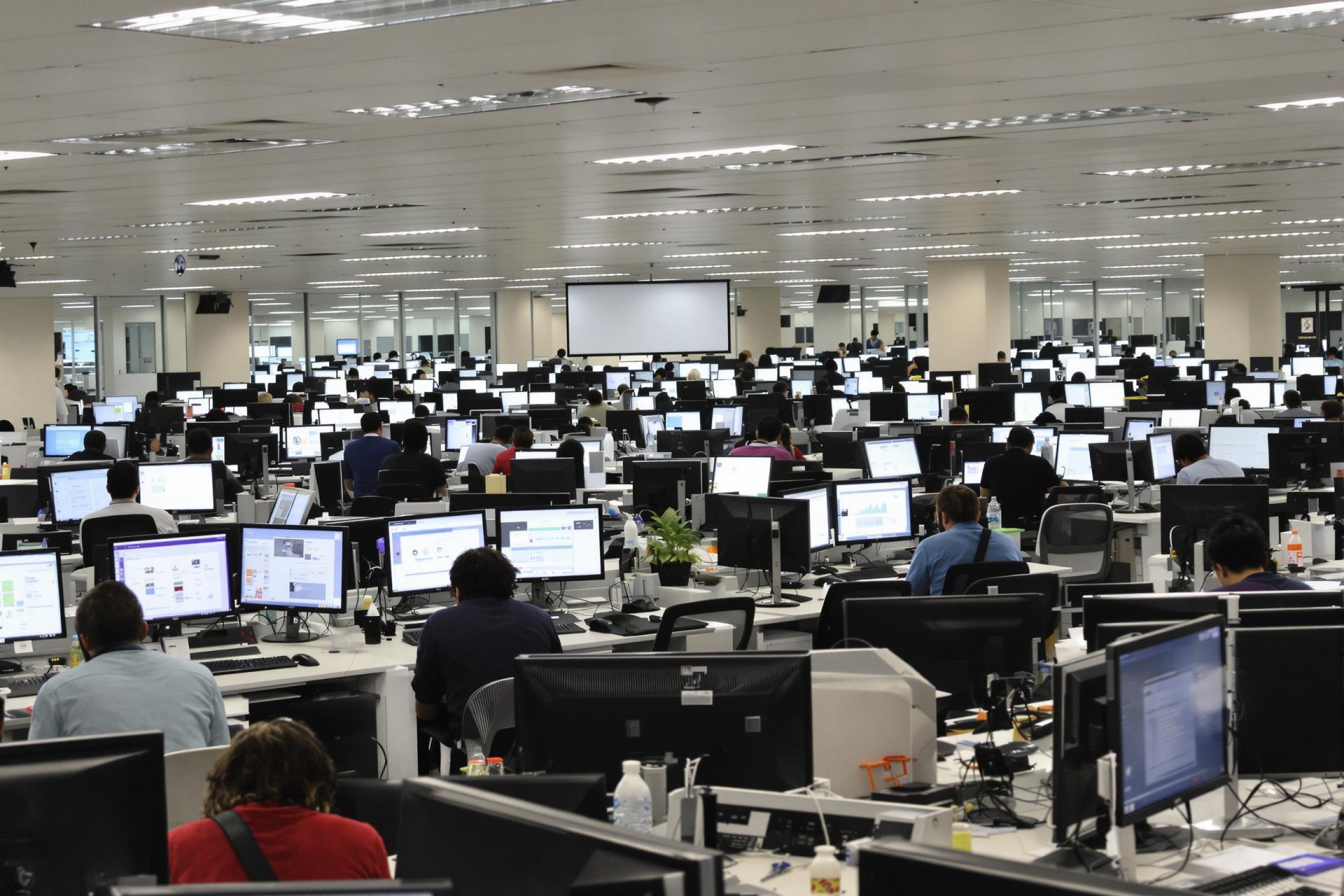Key Takeaways
- A study in Denmark found tools like ChatGPT haven’t significantly affected overall wages or employment yet.
- Despite rapid adoption in many workplaces, the economic impact on workers appears minimal so far.
- Generative AI has created new job tasks for some workers, partially offsetting time savings.
- Reported productivity gains were modest, with little of the benefit translating into higher pay for employees.
Despite concerns about AI transforming jobs, a recent study suggests that tools like ChatGPT have barely moved the needle on wages or employment in the Danish labor market during 2023 and 2024.
Economists Anders Humlum and Emilie Vestergaard from the University of Chicago and University of Copenhagen examined data from 25,000 workers and 7,000 workplaces. They focused on jobs often thought vulnerable to AI, such as accountants and software developers.
Their working paper, “Large Language Models, Small Labor Market Effects,” found widespread and often employer-encouraged adoption of these AI chatbots.
However, the researchers concluded these tools have had “no significant impact on earnings or recorded hours in any occupation” during the period they looked at.
“The adoption of these chatbots has been remarkably fast,” Humlum told The Register. “But then when we look at the economic outcomes, it really has not moved the needle.”
Interestingly, the study found that while AI did save time for many users, it also created new work. About 8.4% of workers faced new tasks related to AI, like checking AI-generated content or teachers detecting AI use in homework.
These new tasks helped offset the time saved. On average, users reported saving only about 2.8 percent of their work hours, roughly an hour per week.
This finding contrasts with some controlled experiments suggesting higher productivity boosts, according to Ars Technica. Humlum suggested this might be because real-world jobs have many tasks AI can’t handle, and companies are still learning how best to use the technology.
Furthermore, even when time was saved, the study estimated only a tiny fraction (3 to 7 percent) translated into higher earnings for workers.
It’s important to remember this study captures only the very early days of generative AI deployment in Denmark. The effects might look different over time or in other countries and industries.
So, while this research offers a valuable early snapshot challenging fears of immediate disruption, the long-term story of AI’s impact on work is still unfolding.



